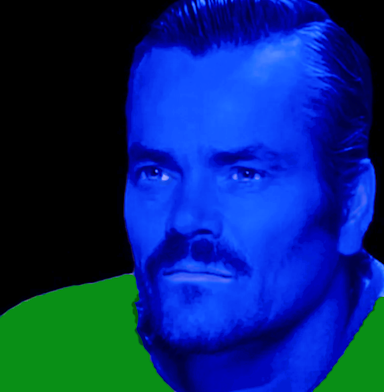
Plato and NFTs: Discover the Future of Digital Art
NFTs have revolutionized the perception art
Pablo Picasso: "The purpose of art is to wash the dust of daily life off our souls. I wonder if NFTs can do the same without leaving a tangible trace."
Shadows in High Definition: NFTs and the Digital Cave
Ever heard of Plato's Allegory of the Cave? It's a classic philosophical tale about prisoners who mistake shadows for reality. Sounds a bit like the internet, doesn't it? Now, throw in NFTs, and you've got a whole new dimension to this ancient parable.
Remember when digital art was just... well, digital? You could copy-paste it endlessly, and no one thought twice about its value. It was like the flickering shadows on Plato's cave wall. But then came NFTs, and suddenly, those digital "shadows" started fetching millions. Pixelated punks, cartoon apes, and even tweets were being sold for the price of a small island. Talk about a reality check!
The Great NFT Awakening
For those who've embraced NFTs, it's like stepping out of Plato's cave and into the sunlight. They see the potential of digital ownership, where a unique string of code can represent a one-of-a-kind artwork, a collectible, or even a piece of virtual real estate. It's a new dawn for digital creators, who can now monetize their work directly and connect with their audience in unprecedented ways.

Take Beeple, for example. This digital artist made history when he sold his NFT collage, "Everydays: The First 5000 Days," for a staggering $69 million. It's like Beeple found the light switch in Plato's cave and illuminated the entire digital art world.
Resistance is Futile (Or Is It?)
Of course, not everyone is on board with this NFT revolution. Many still see it as a speculative bubble, a fleeting trend that will soon fade into obscurity. They're like the prisoners in Plato's cave who refuse to believe in anything beyond the shadows they see.
But the NFT train has left the station, and it's picking up speed. Even celebrities like Snoop Dogg aka Cozomo d' Medici and Grimes have jumped on board, launching their own NFT collections and immersing themselves in this brave new world.
Banksy: "Art should comfort the disturbed and disturb the comfortable. NFTs? They seem to be only disturbing my bank account."
Illusion or Revolution?
So, are NFTs a passing fad or a paradigm shift? Are they a digital illusion or a genuine revolution in how we perceive and value digital assets? The answer, like most things in life, is probably somewhere in between.
NFTs have undoubtedly opened up new possibilities for artists, creators, and collectors alike. They've democratized the art world, challenged traditional notions of ownership, and sparked a global conversation about the future of digital culture.
But like any emerging technology, NFTs also come with their fair share of challenges and controversies. There are concerns about environmental impact, market manipulation, and the potential for scams and fraud.
The Future of NFTs: A World Beyond the Cave
Only time will tell what the future holds for NFTs. Will they continue to evolve and disrupt traditional industries? Or will they fade away like so many other internet fads?
One thing is certain: NFTs have already left their mark on the digital landscape. They've shown us that the world of digital art and collectibles is far more vast and complex than we ever imagined. And who knows, maybe they'll even inspire a few more people to step out of their own digital caves and into the light of a new reality
Vincent van Gogh: "Art is to console those who are broken by life. NFTs? Maybe they are here to console those who are broken by cryptocurrencies."
By Borja Moskv | X | Farcaster | LENS


